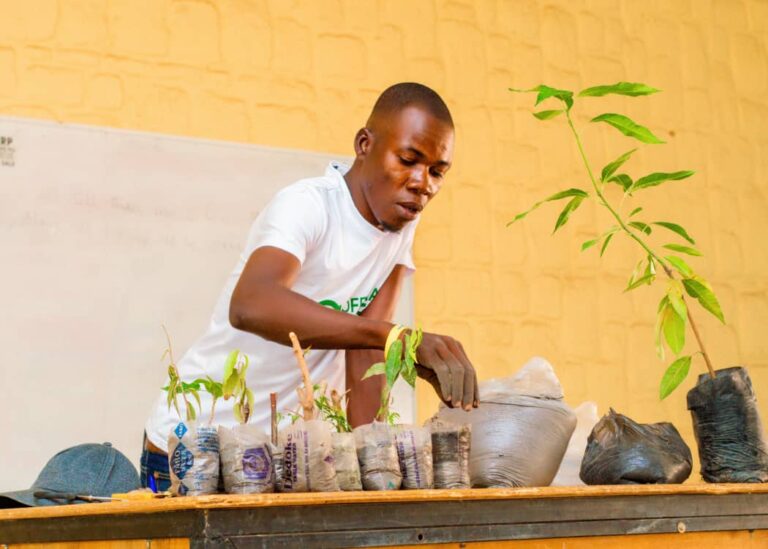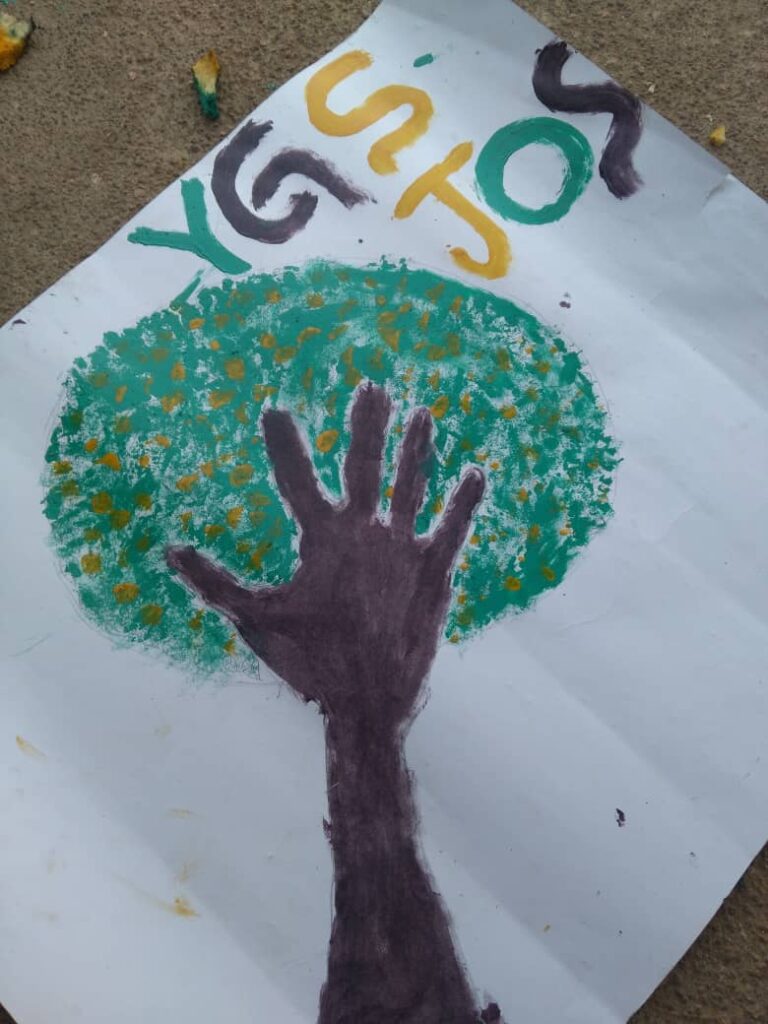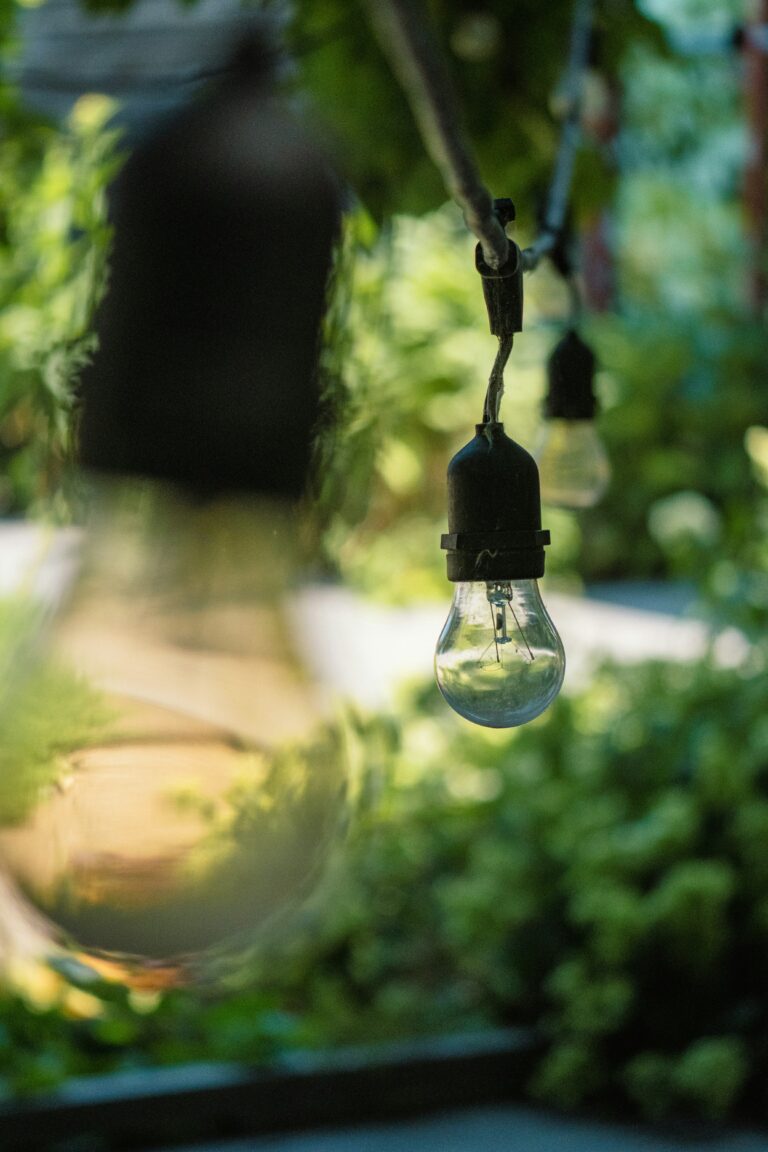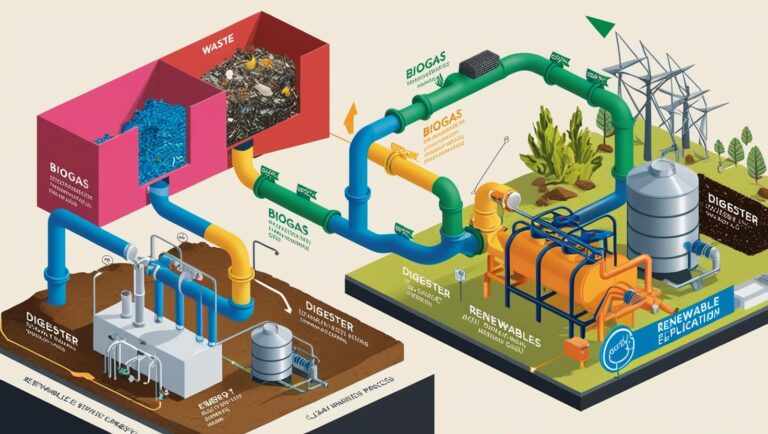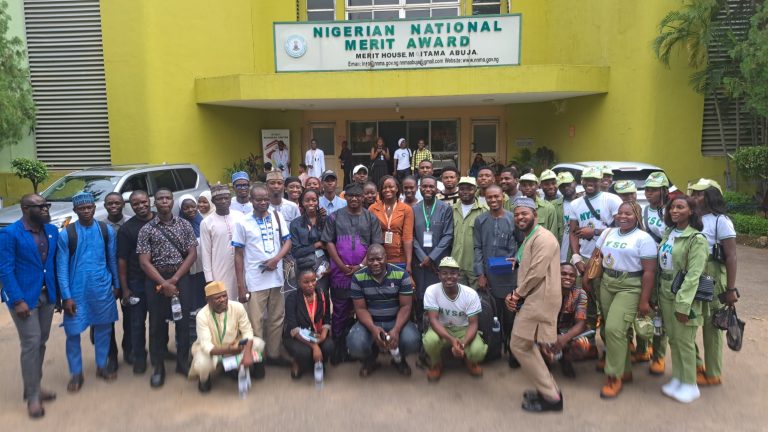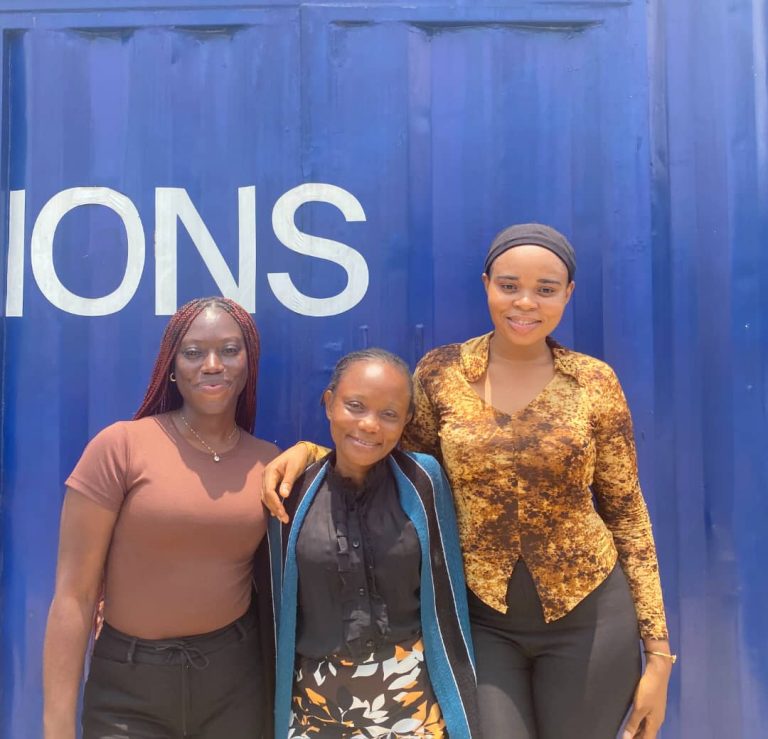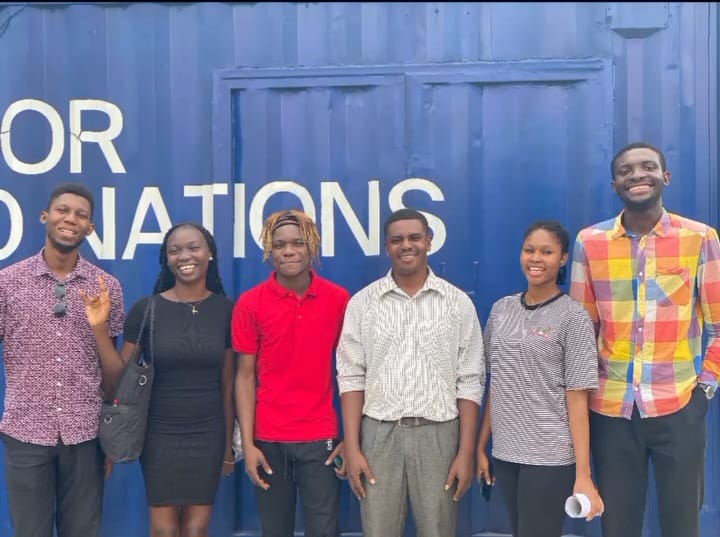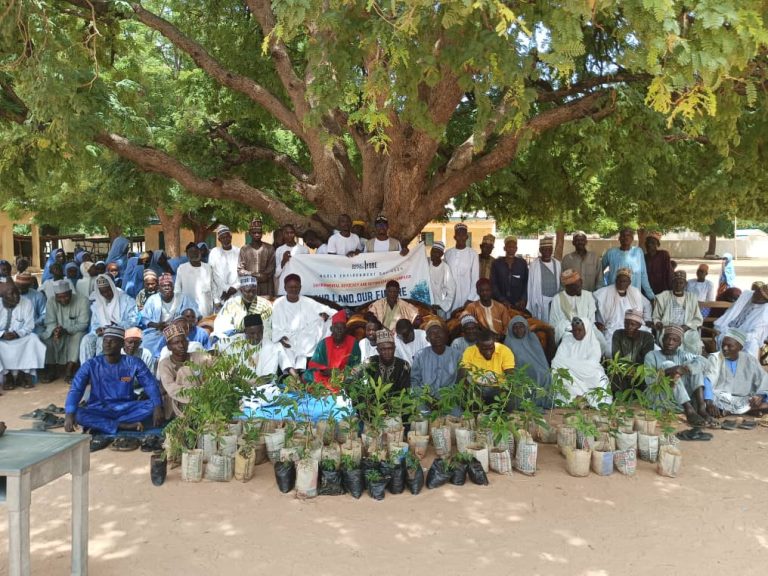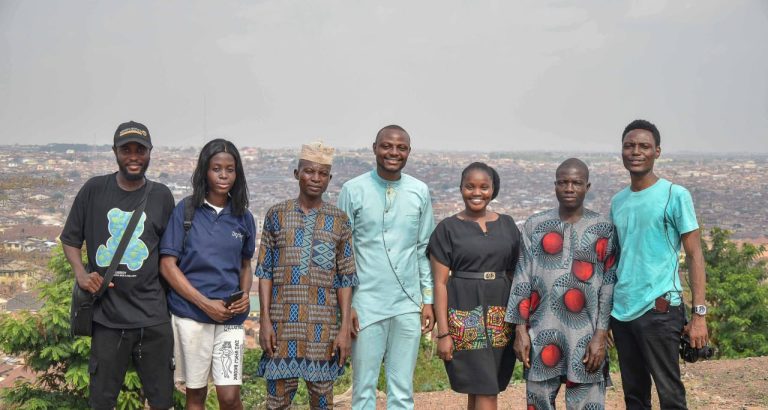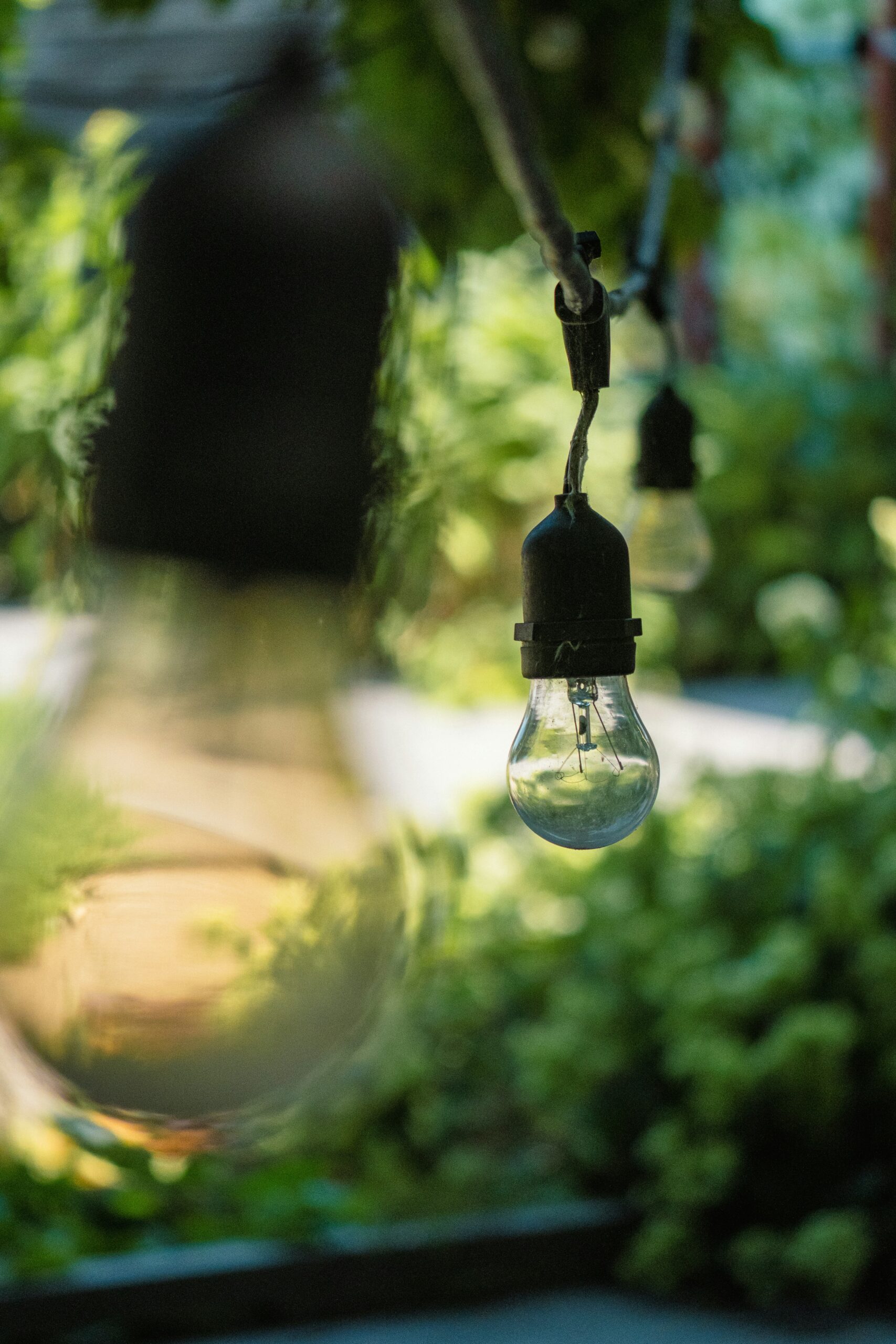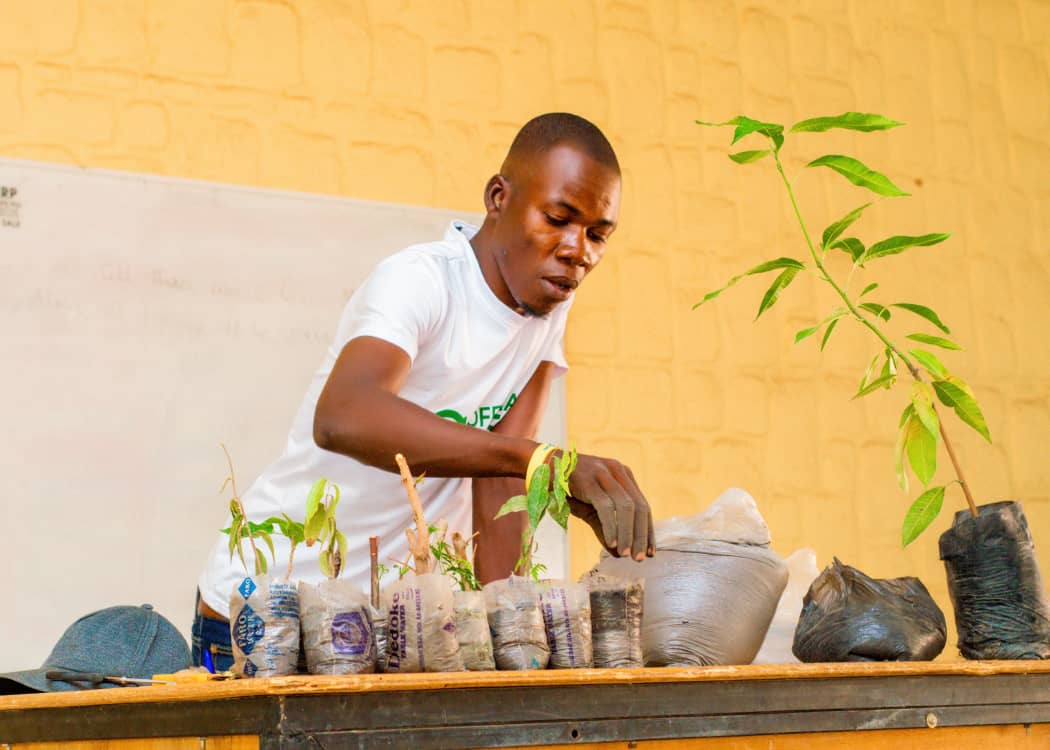Catch Them Young – by Esther Achigbue.
It’s a general saying that a little drop of water makes a mighty ocean. One might wonder how that relates to our aim of saving our dear planet, or what has it got to do with the topic above? Please follow carefully, and see if this makes sense at the end.
Environmental degradation has been a long battle, and numerous efforts to protect our natural environment and maintain ecological balance have been invented over the years [1]. Over the years, the pressure that comes with the ever growing population globally, coupled with advancement in industrialisation, further causes the degradation of the environment [2]. Sadly, some of the effects of this degradation are irreversible [3], and humans, including generations unborn, will keep paying adversely directly and indirectly for it.
Although governments, groups, and individuals all over the world are making efforts all over the world towards environmental protection, however, there is still a long way to go, as observed within our surroundings. Therefore, more strategies and ideas should be encouraged to make environmental protection and sustainability a continuous trend that transcends generations, and not just short term. This is where the idea of imbibing the various environmental protection and sustainability culture into children and the younger generations.
Children and teenagers have been observed to naturally adopt habits due to influences of their parents and teachers [4&5]. For the purpose of environmental protection and sustainability, this habits can be as “little ” as only taking the amount of you that they can finish per time, irrespective of how much availability (at home, parties, buffet restaurants, etc), in order to reduce food waste. Let them know a little per time is fine, more can always be gotten if needed. They can also be introduced to the difference between recyclable and non recyclable wastes, and helping to keep them separate as such. This will help in sorting of wastes by the waste management and appropriate measures taken for ease type.
When parents, families, schools, and all stakeholders join hands to pass this culture on to children, their view about life and their lifestyle will naturally tend towards protecting the environment. This will influence their choices as individuals, rulers, innovators, and whatever careers they choose, thus transferring the same to their own children. Just like most adults were taught during their younger years about numbers, colours, importance of teeth brushing/ oral hygiene, etc, the importance and habits that promote environmental protection and sustainability can become a “natural culture ” of human beings. The same way children grow up to reading sentences and writing books, solve financial and architectural problems with the basic alphabets and “1, 2, 3…” they started with in their younger years, they will also be able to make better choices and judgements in bigger issues that concerns their environment.
Catching them young is a long-term mode of action to ensure the continuity and improvement of efforts towards environmental protection and sustainability.
References
[1]Lin, Li-Wei; Cheng, Jao-Hong; Lu, Kuo-Liang (18 December 2024). “The impact of environmental protection, economic development, social responsibility and governance on the sustainable development of enterprises”. Discover Sustainability. 5 (1): 497.
[2] Wikipedia ( April 2022). Environmental protection
[3] Arrow, K. J., & Fisher, A. C. (2013). Environmental preservation, uncertainty, and irreversibility. In Economics of Natural & Environmental Resources (Routledge Revivals) (pp. 479-488). Routledge.
[4] Birhan, W., Shiferaw, G., Amsalu, A., Tamiru, M., & Tiruye, H. (2021). Exploring the context of teaching character education to children in preprimary and primary schools. Social Sciences & Humanities Open, 4(1), 100171.
[5] Mansor, A. N., Rasul, M. S., Rauf, R. A. A., & Koh, B. L. (2013). Developing and sustaining reading habits among teenagers. The Asia-Pacific Education Researcher, 22, 357-365.


